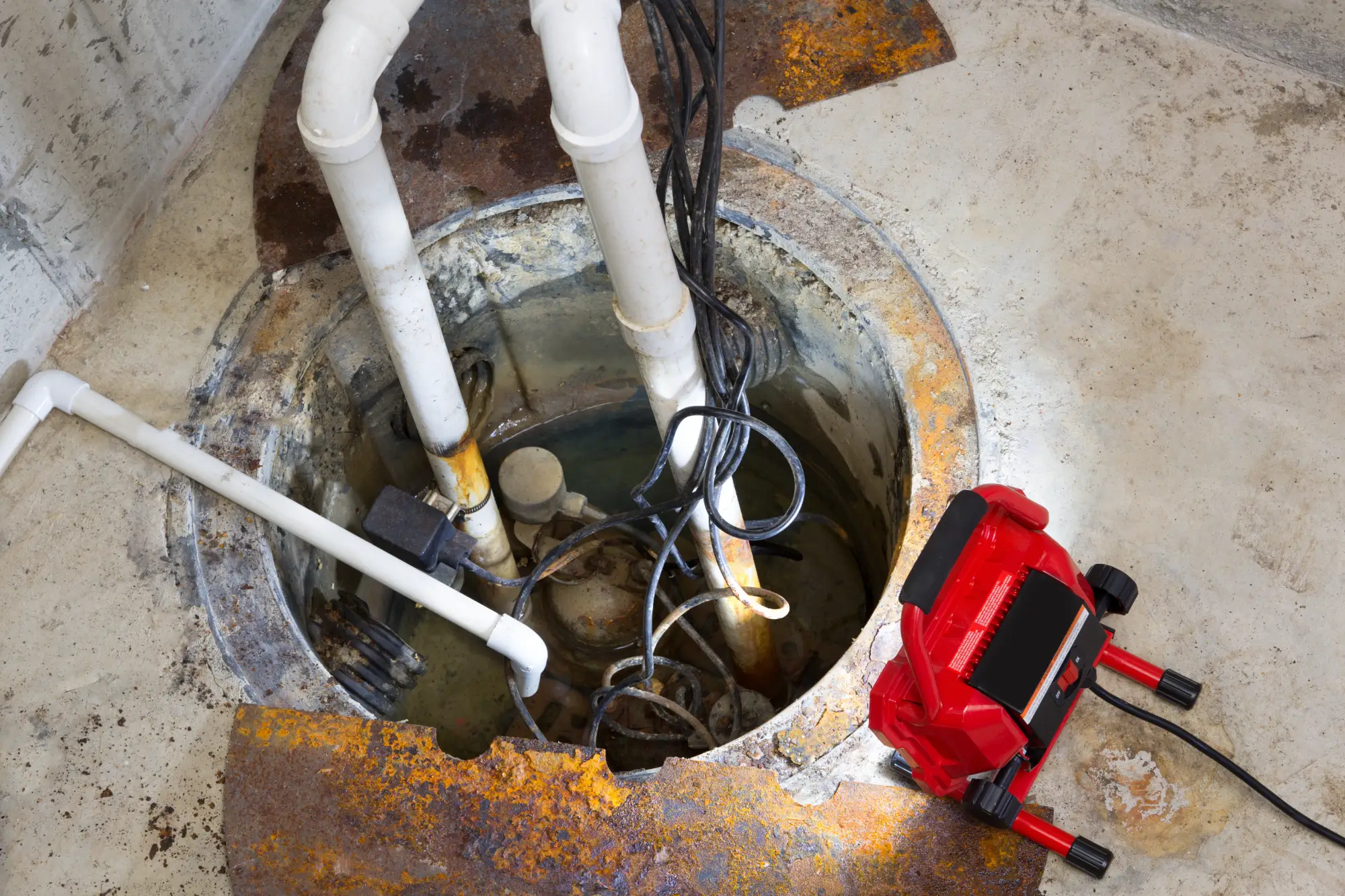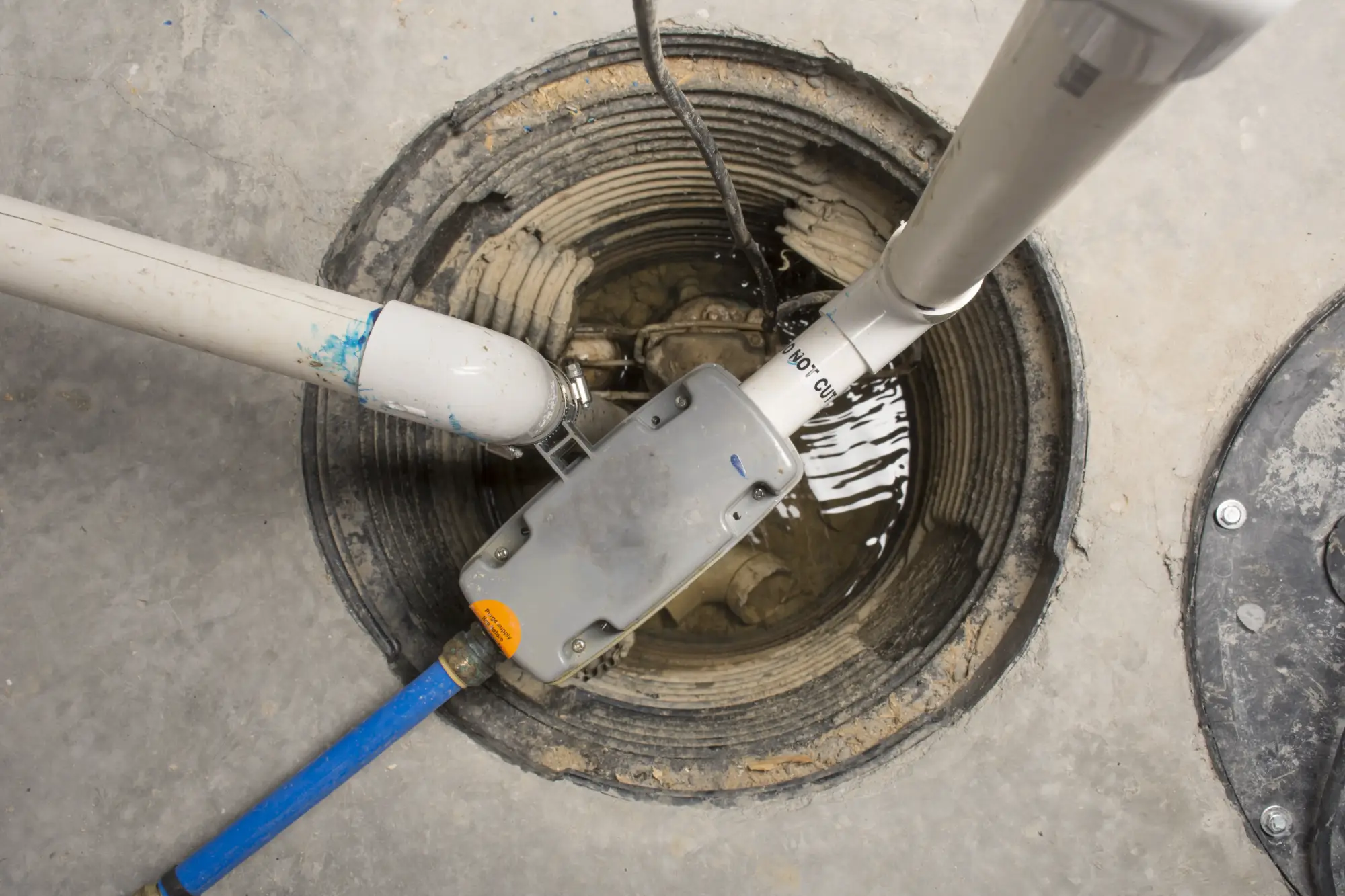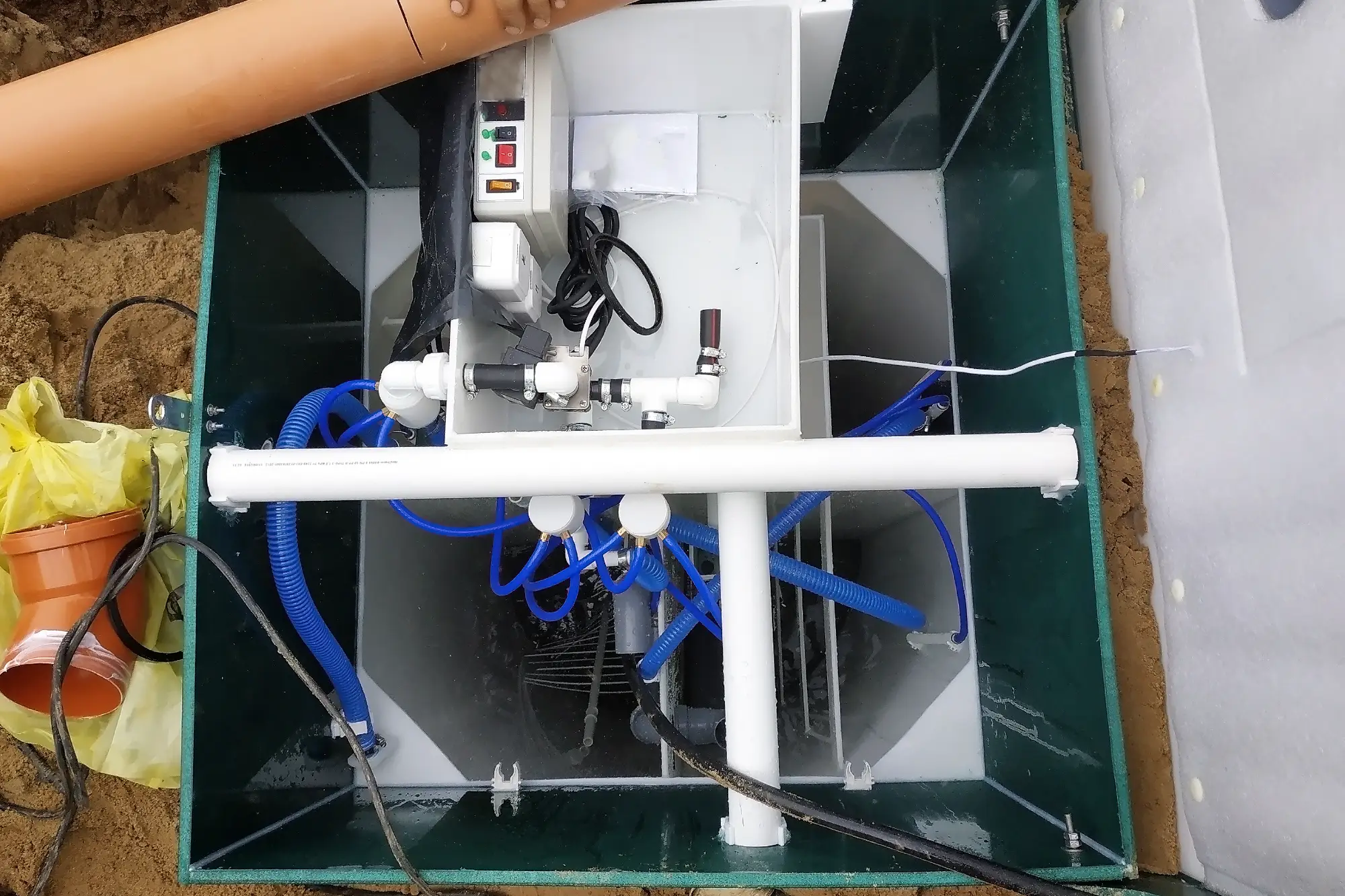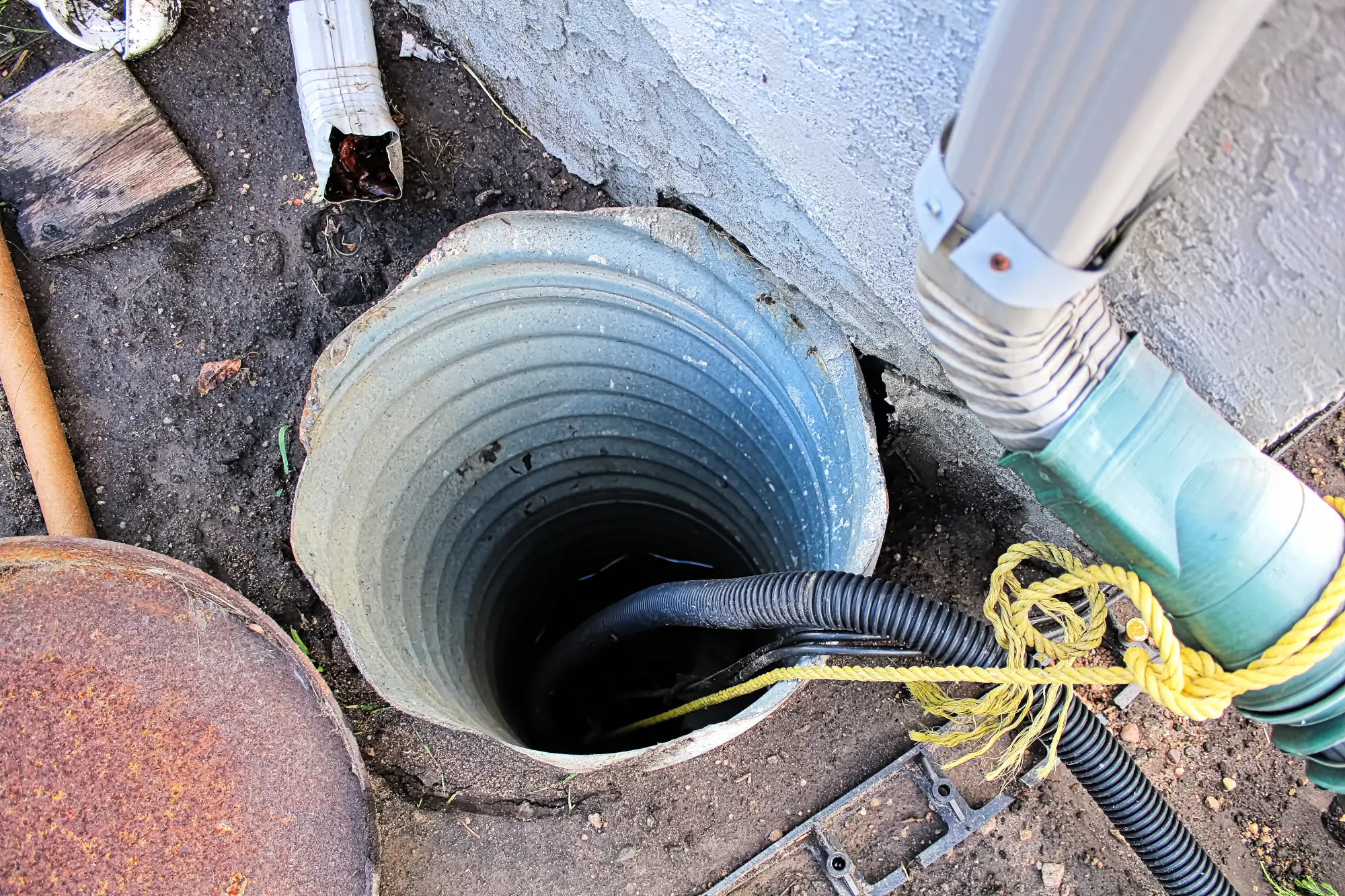Sump Pump Installation in Merrick, NY
Keep Your Basement Dry This Storm Season
Professional sump pump installation that actually works when you need it most—no more flooded basements.

Hear About Us

Basement Protection Merrick NY
You know that sinking feeling when you hear rain hitting the windows at 2 AM. Will you wake up to a flooded basement again? Not with a properly installed basement sump pump system.
A reliable sump pump installation means your basement stays dry automatically. No more rushing downstairs during storms. No more shop-vacuuming water at midnight. No more watching your belongings get ruined by the next big rain.
Your basement becomes actual usable space instead of a constant worry. You can store things down there without wondering if they’ll survive the next storm. That’s what real basement protection looks like.
Sump Pump Installers Merrick
Diamond Masonry & Waterproofing LLC has been handling basement water problems across Long Island for years. We’ve seen every type of foundation, every water table challenge, and every basement configuration Merrick has to offer.
We’re not a franchise operation or fly-by-night plumbers. We’re local contractors who understand exactly why your basement floods and what it takes to fix it permanently. Licensed, insured, and available when you need us most.

Basement Sump Pump Installation Process
First, we assess your basement’s specific water issues and determine the right sump pump system for your situation. Not every basement needs the same solution, and we don’t sell you more than you need.
Next, we excavate the sump pit in the lowest point of your basement floor, install the basin, and set up the pump with proper discharge lines. Everything gets connected to your electrical system with GFCI protection and proper permits.
Finally, we test the entire system to make sure it activates correctly and moves water away from your foundation effectively. You get a system that works automatically, even when you’re not home.

Ready to get started?
Explore More Services
About Diamond Masonry & Waterproofing
Get a Free Consultation
Custom Sump Pump Solutions
Every basement sump pump installation includes proper pit excavation, high-quality pump selection based on your water volume needs, and discharge piping that moves water well away from your foundation. We handle all electrical connections with GFCI protection and pull permits when required.
You also get backup power options if you want protection during storm outages. Many Merrick homeowners choose battery backup systems because that’s often when you need your sump pump most. We’ll explain your options without pushing expensive add-ons you don’t need.
The installation includes testing, cleanup, and a walkthrough so you understand how your new system operates. No surprises, no hidden costs, no mess left behind.

How long does sump pump installation take in most basements?
What size sump pump do I need for my Merrick home?
Do I need a battery backup sump pump system?
How often do sump pumps need maintenance or replacement?
Where does the water go when the sump pump runs?
Can you install a sump pump in a finished basement?
Local Resources
- Google Map Link
- Find the Merrick, NY USPS
- Locate Nearby Merrick, NY Pharmacies
- View the Current Weather in Merrick, NY
- Merrick, NY is located in Nassau county in New York State